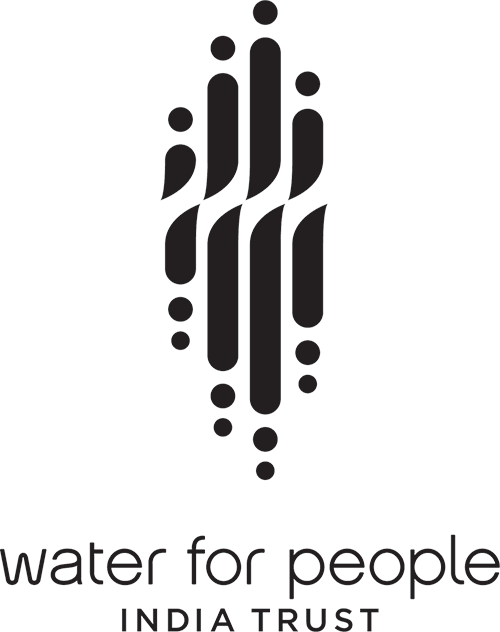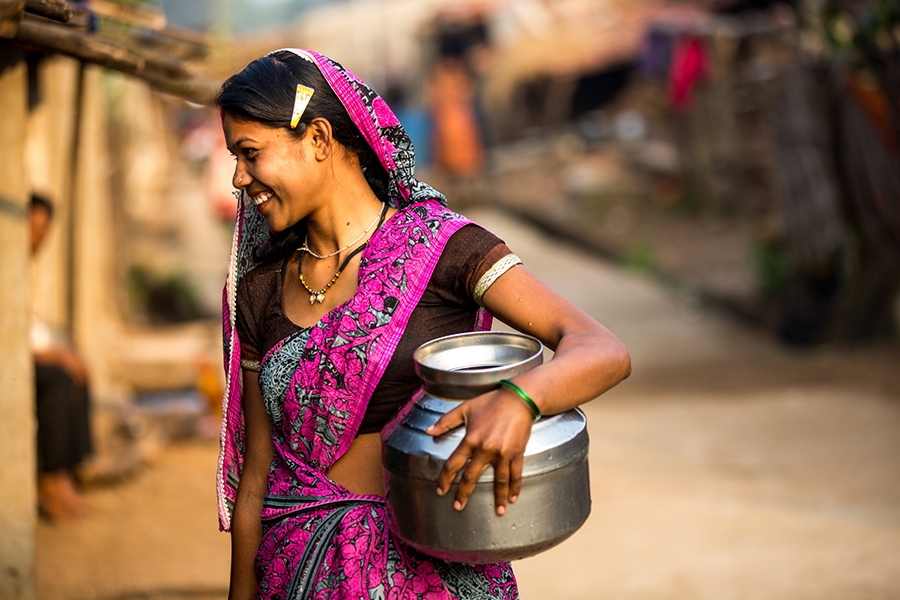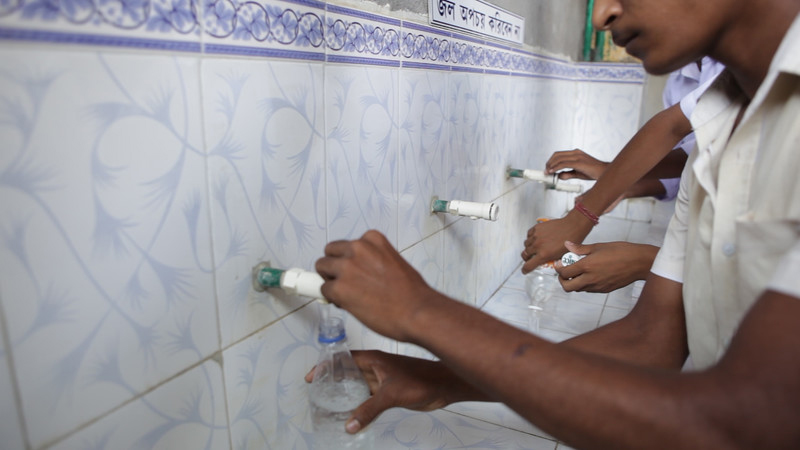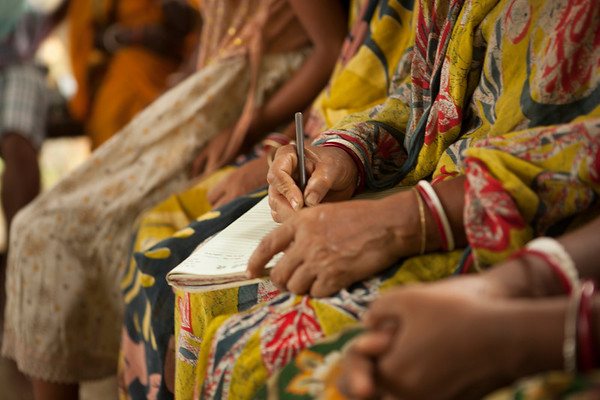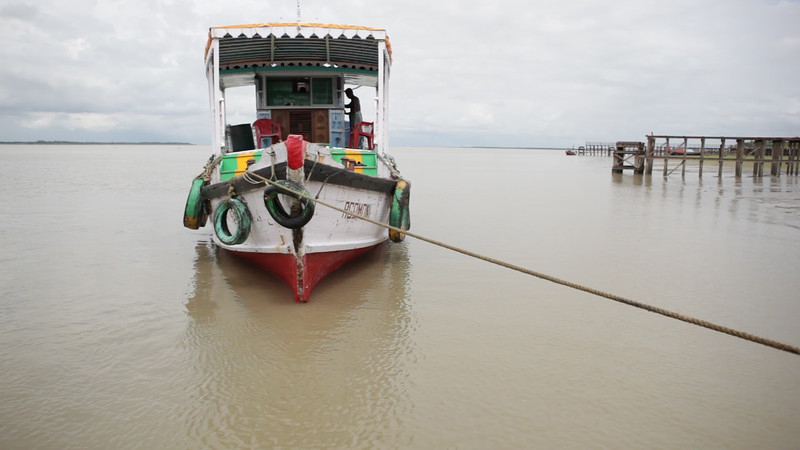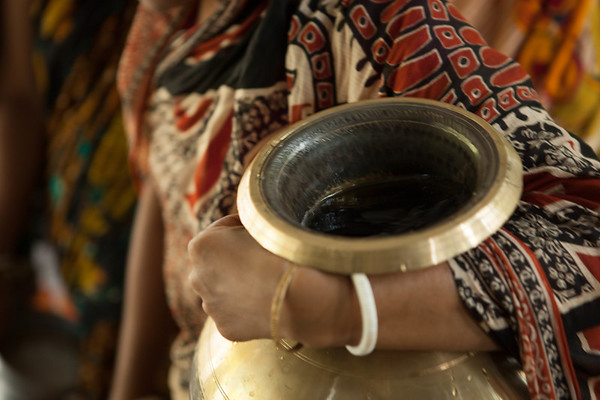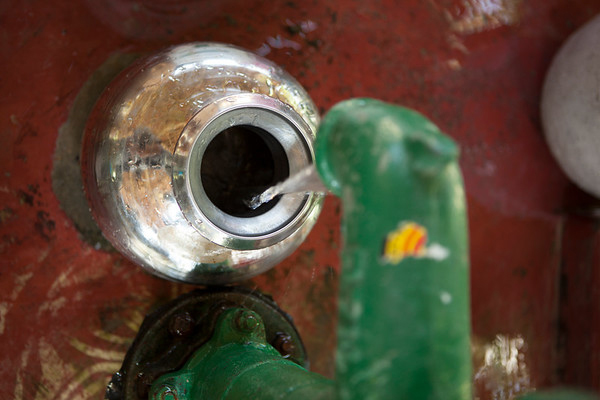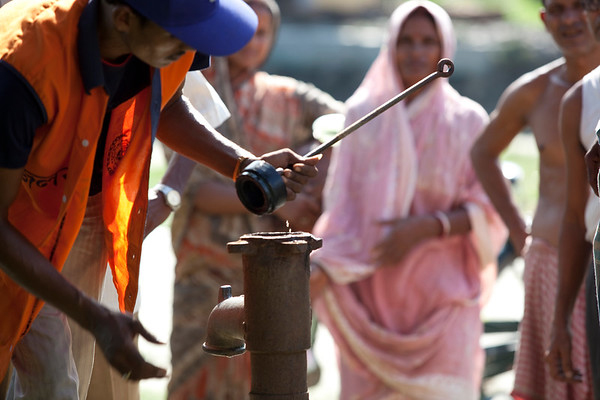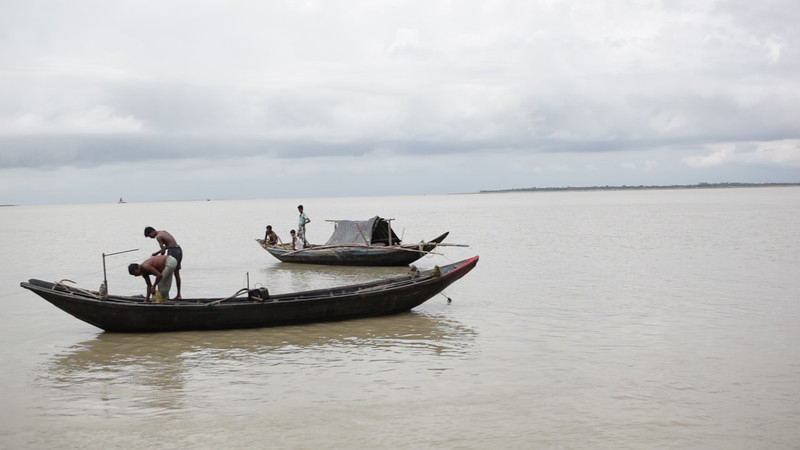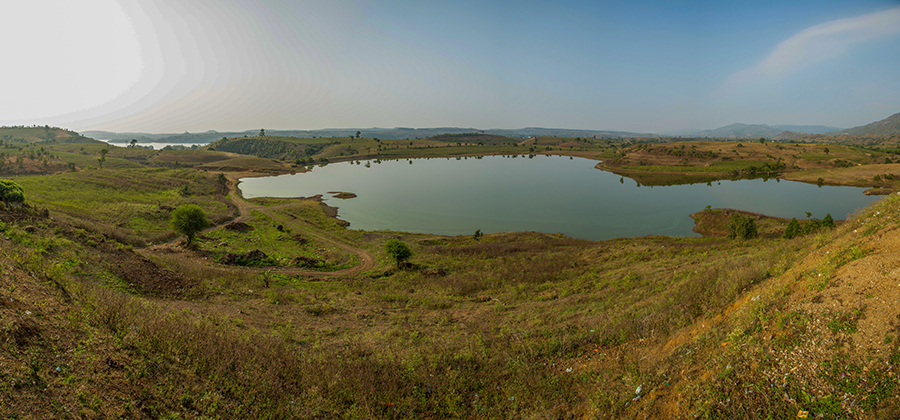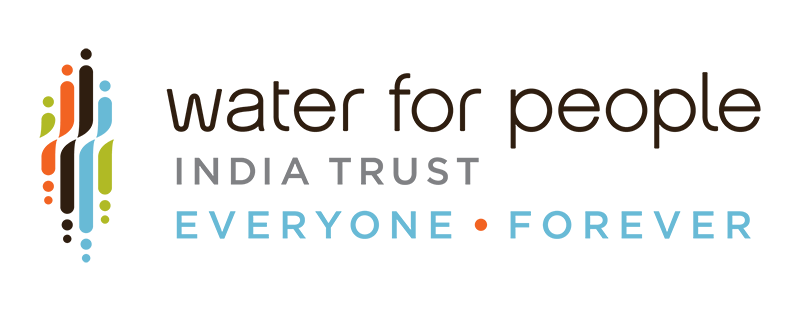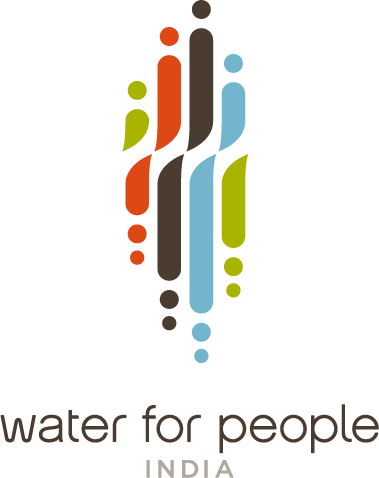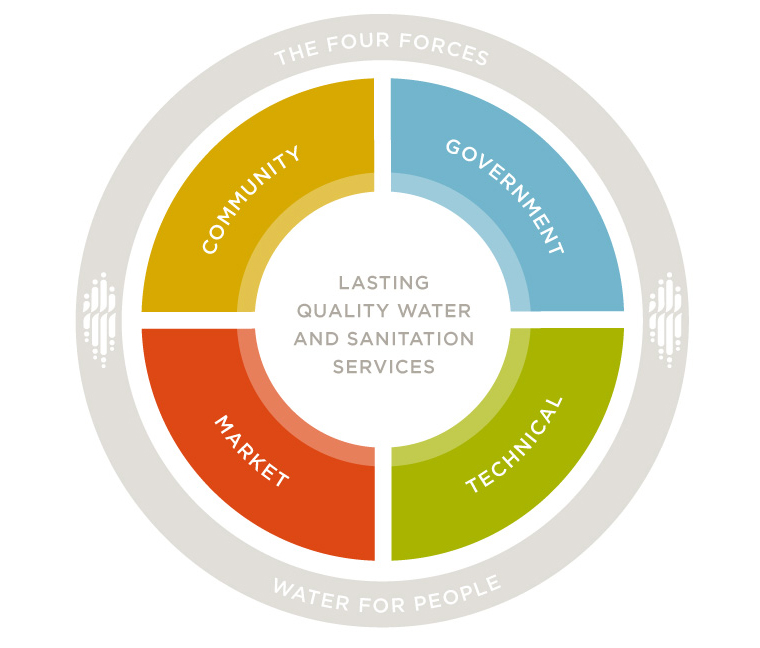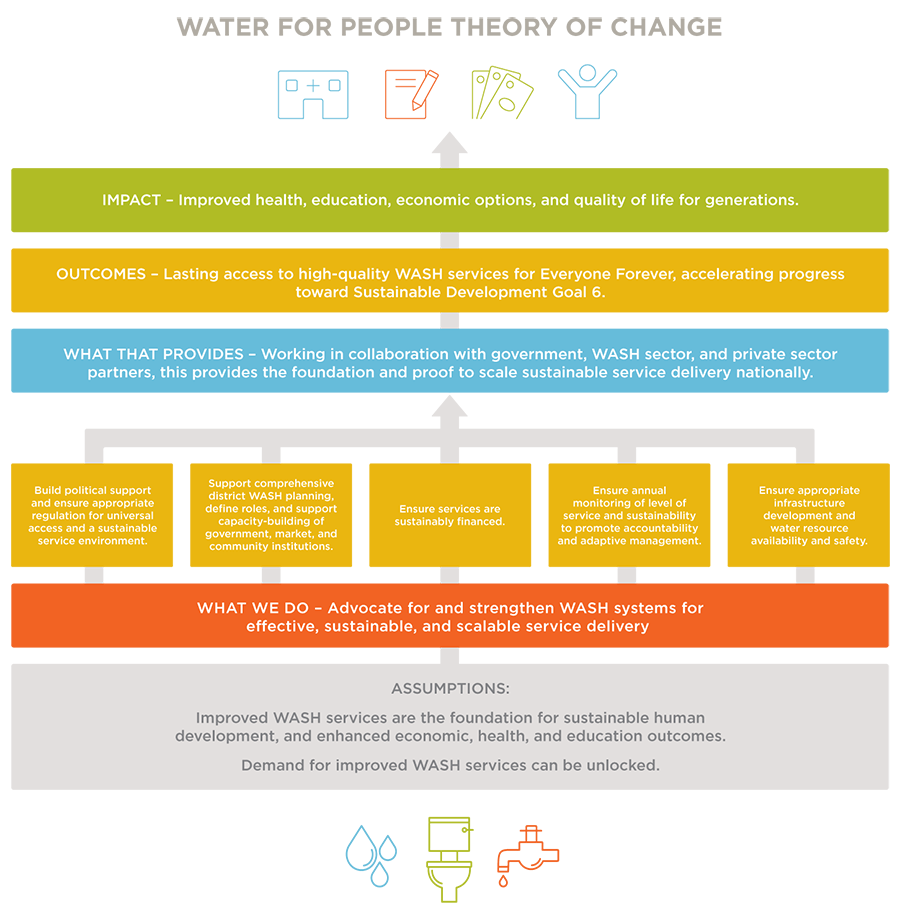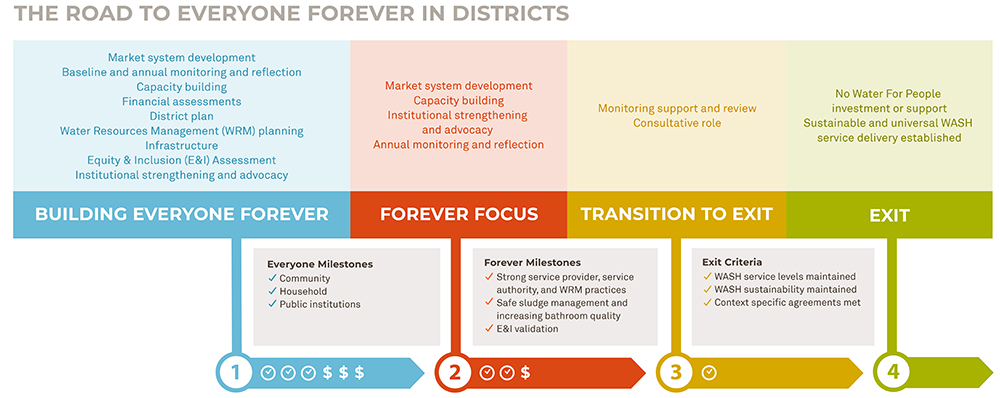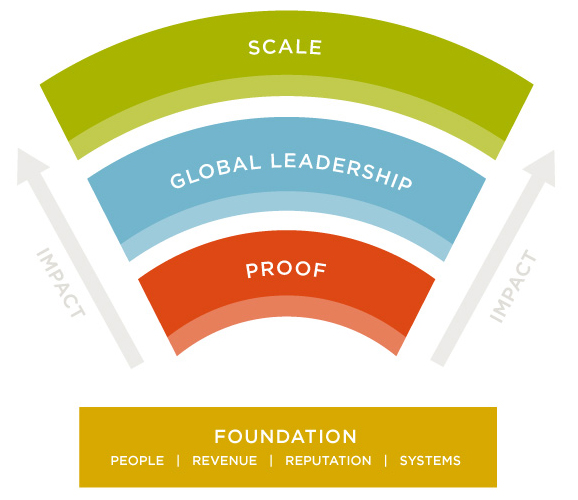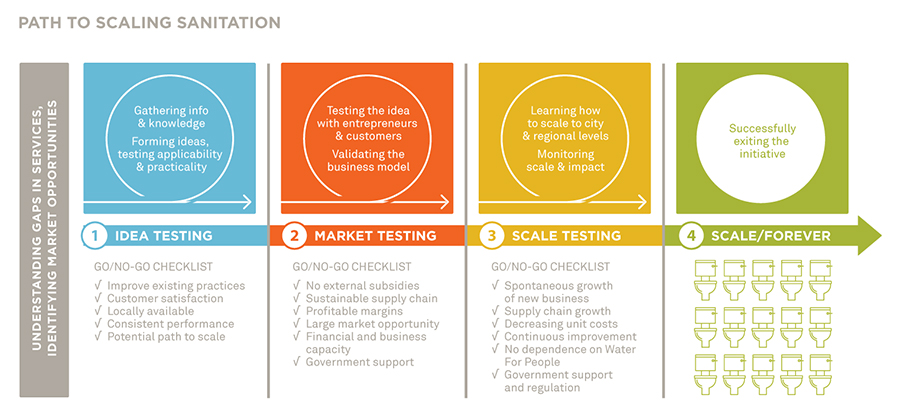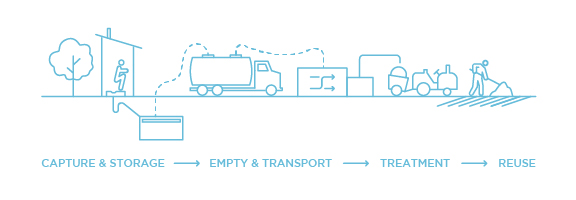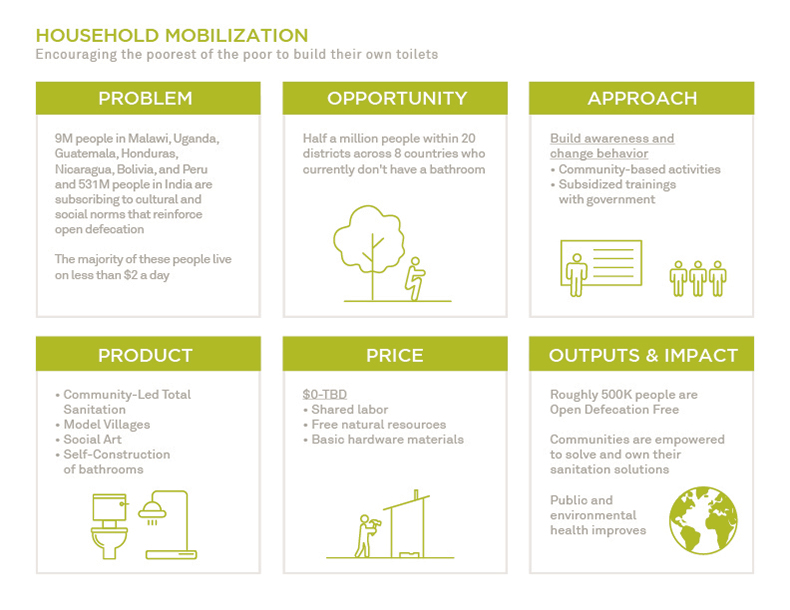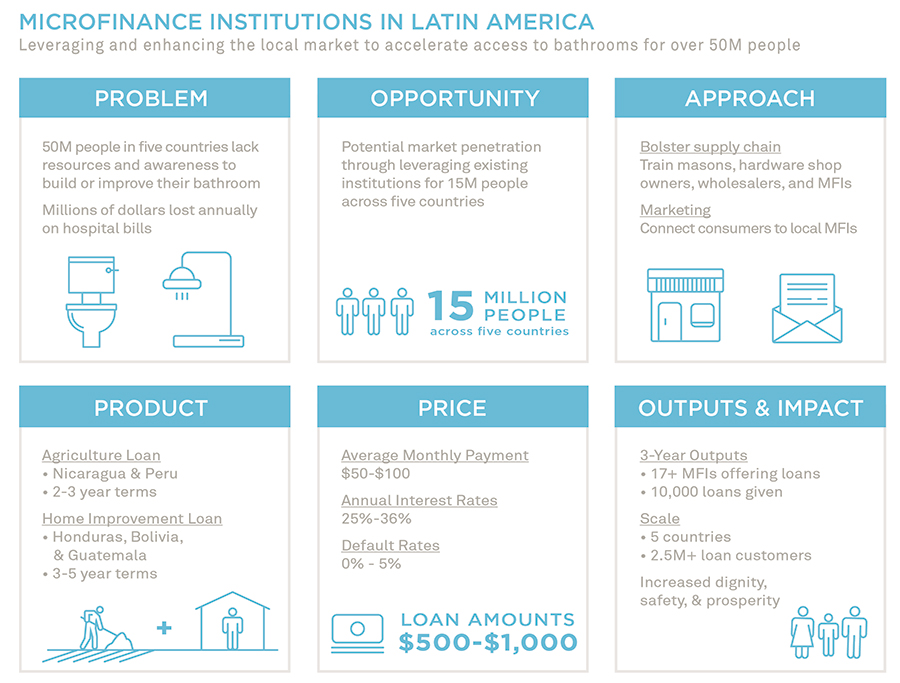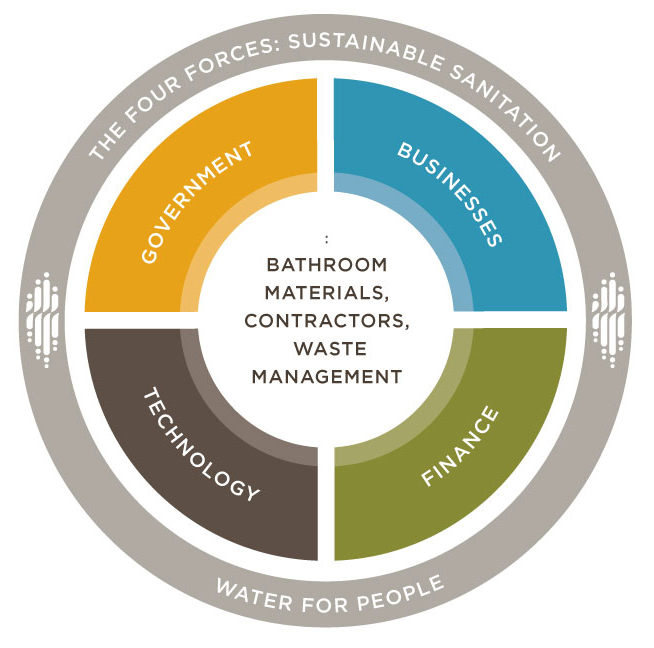Reviving Self Help Groups (SHGs) for sanitation in Ganjam District of Odisha yields preliminary results.
Under ITC Limited Mission Sunehra Kal Initiative in Hinjilicut block in Ganjam district of Odisha, SHGs are being revived and supported to promote sanitation.
When Water For People – India partnered with ITC to provide Individual Household Latrines (IHHLs), little did they know the gap between records and facts on the ground. The approach agreed upon was to tap the potential of the SHGs and through a revolving fund, adequate training and close support, facilitate the construction of latrines.
In December 2017, Water For People – India approached the Hinjilicut Block Development Office where the Block Junior Engineer gave the names of 721 SHGs in the block. However, an indepth analysis of the list indicated that several of the SHGs were in different stages, with some lying dormant and others having been closed. Water For People – India shortlisted those that were still active, and contacted four SHGs that were encouraged to resurrect themselves. Water For People – India then worked to provide an updated list of SHGs to the Block Development Office.
Previously, under the sanitation program, contractors were responsible for the construction, community ownership was weak, and the quality of work was suspect. Water For People – India convinced the SHGs to take up this task so that there was stronger ownership and quality assurance. The ten-member Maa Godeshwara SHG of Sompur Village in Pochilima Gram Panchayat of Ganjam District was the first of the four SHGs to take up the task. Under the program, SHGs were supported with a Rs. 15 lakh (US$23,500) revolving fund for the construction of 125 IHHLs.
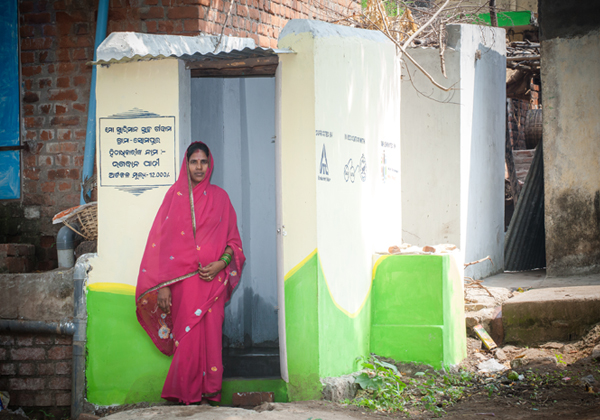
During the initial interactions, the SHG members were skeptical and reluctant. Belonging to vulnerable and excluded social groups, their self-esteem and confidence levels were very low. To address this, regular meetings between the SHG members and the project team were maintained. Gradually they shed their layers of doubt and agreed to get going by starting on the construction of toilets for Group members. The rationale was that once this happened, other villagers would ask for the construction of latrines for themselves. To assist them, Water For People – India provided mason training to the SHG members.
However, remnants of doubt persisted and the group was reluctant to move forward. Water For People – India worked with them to set a smaller initial target of 20 IHHLs, so that members would not be overwhelmed with the scale of constructing 125 IHHLs. A smaller revolving fund of Rs. 6.60 lakh was disbursed. The SHG was linked to an organization that supplied building materials (barring stone and sand) at a low cost of Rs. 1,960 per IHHL to their doorstep. For any latrine built, the SHG is eligible to submit a claim to the government for a reimbursement of Rs. 12,000 towards the construction cost.
The SHG visited Puri and Narsingpur District to understand the details of the sanitation program there and this exposure proved to be a game changer. The women returned with greater confidence after interacting with other SHG members who were instrumental in making Puri an Open Defecation Free district. They could share concerns, experiences and solutions. Sasi Gouda, President of the SHG highlighted, “This visit coupled with the triggering activity was a turning point for us. It made us believe in the critical need for eradicating open defecation. And more importantly, it made us believe in ourselves.” Pratima Da, Secretary of the Namaskar SHG discussed how their visit to Puri and Narsingpur was eye-opening. “We learned so much from them in terms of how they function, toilet construction and usage. We decided to make toilets for our members first so that others will follow suit,” informs Pratima.
“Our toilets are more user friendly,” informs SHG member Promila Padhy, “We are providing for more space and ventilation. Construction quality is good and is monitored by us. To change behaviour, we are informing our villagers about the disease perils of open defecation and the revolting fact that we are ending up eating each other’s faeces.
“Some of the households are adding more investment to increase the size of their latrine and provide for bathing space,” informs Sasi Gouda. “Looking at the quality and pace at which we are constructing toilets, the contractor is reinvesting in the toilets he constructed by repairing them, so that these can be used. This is a good thing,” laughs Sasi.
Gradually, confidence levels are growing, and the women are intensely involved in interpersonal communication. They are convincing other women to practice hygiene and get a toilet constructed.
For behaviour change, local art forms such as daskathia (a mythological performance in the form of poem narrated by two men – the singer and his assistant. A unique and indigenous musical instrument called ‘Kathi’ is used during the performance to narrate good hygiene practices and promote construction of latrines and its usage) and bharat leela (skit performance by an artist through which hygiene messages are imparted) are being used. Dignity (toilet) is a big issue for women here.
The Namaskar and the Jai Sri Ram SHGs have been convinced to construct toilets in Pochilima village in the same Gram Panchayat. Sukuri Das, President of one SHG informs, “We have revived the Jai Sri Ram SHG. Again, bank saving is becoming a habit and we have opened a new account for our sanitation work.”
To assist with the construction, two masons were trained. Informs a confident Haribol Nayak, “I can now impart training to others. Up to March 2017, 125 IHHLs have been constructed by all four SHG clusters.”

